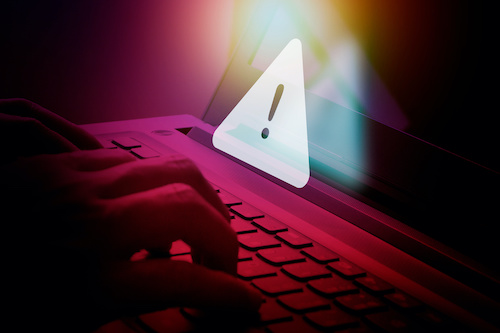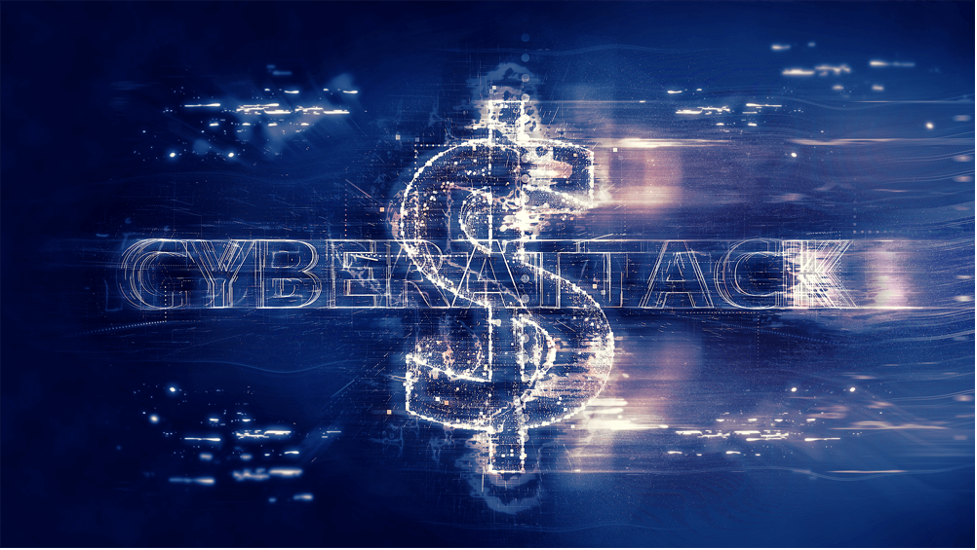Rising ransomware attacks on education demand defense readiness
Key points:
Ransomware attacks continue to wreak havoc on the education sector, hitting 80 percent of lower education providers and 79 percent of higher education providers this year. That’s a significant increase from 56 percent and 64 percent in 2022, respectively.
As “target rich, cyber poor” institutions, schools store massive amounts of sensitive data, from intellectual property to the personal information of students and faculty. Outdated software, limited IT resources and other security weaknesses further heighten their risk exposure. In a ransomware attack, adversaries exploit these vulnerabilities to infiltrate the victim’s network and encrypt their data, effectively holding it hostage. After encryption, bad actors demand ransom payment in exchange for the decryption key required to retrieve their files.
But the ramifications of ransomware extend beyond the risk of data exposure and recovery costs; attacks can also result in downtime that disrupts learning for students. The impact of ransomware has grown so severe that the Biden Administration has even committed to providing ongoing assistance and resources to support schools in strengthening their cyber defenses.
So, while ransomware in the education sector isn’t a new phenomenon, the stakes remain high. And with both higher and lower education institutions reporting the highest rates of attacks among all industries surveyed in a recent study, the need for increased defense readiness in the education sector has never been more evident.
3 ransomware trends disrupting classrooms in 2023
Cybercriminals have refined the ransomware-as-a-service (RaaS) model in recent years, enabling adversaries to specialize in different stages of attack. Amid the current ransomware surge, IT and security leaders in education must remain aware of the evolving threat landscape so they can effectively safeguard their networks and systems.
Here are some trends from The State of Ransomware in Education 2023 report that demand attention now:
1. Adversaries are leveraging compromised credentials and exploited vulnerabilities. More than three-quarters (77 percent) of attacks against higher education…



